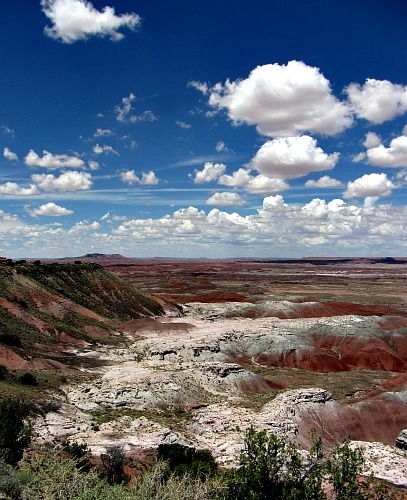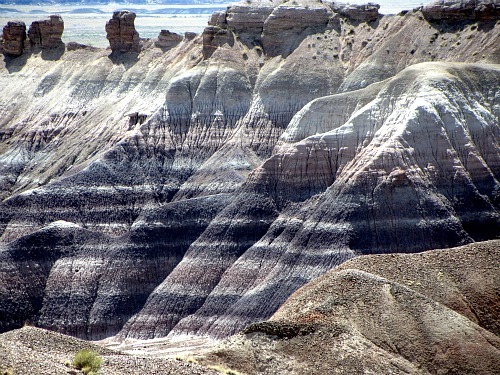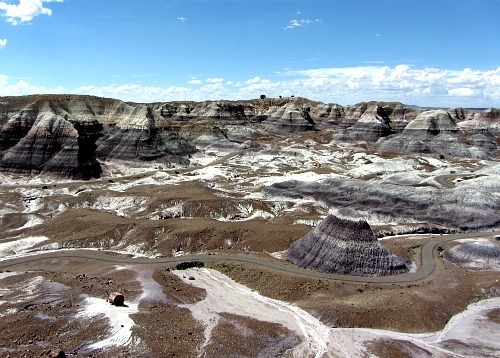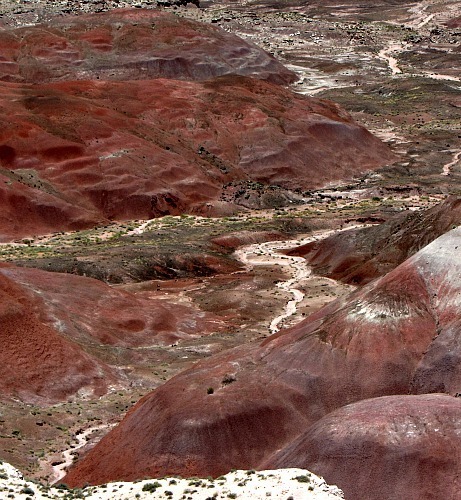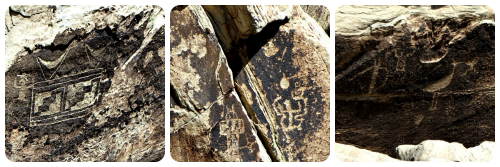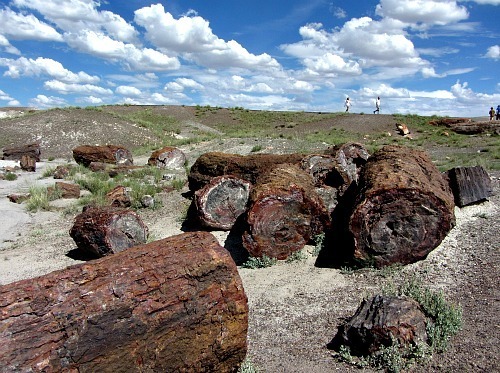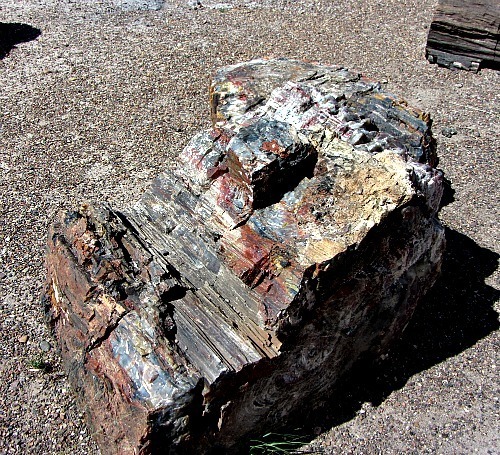Recipe for a Masterpiece
Start with a handful of clay. Mix in sandstone, mud, and volcanic ash. Add water.
I don’t know about you, but that doesn’t sound like anything that has been concocted in my kitchen . . . at least not since my kids outgrew their mud pie phase. But in the hands of the Master Designer, that’s the recipe behind one of the most stunning sights in northern Arizona—the Painted Desert.
This wonder of nature stretches out in a crescent over 160 miles long, where the terrain consists of a very soft layer of earth. The torrential rains that come during our summer monsoon season create erosion that produces fantastic formations like these. Is it just me, or do some of them remind you of a multicolored layer cake?
The drive through the Petrified Forest National Park (where some of the more scenic spots of the Painted Desert are located) leads through miles of badlands, hills, buttes, and mesas. Along the way, numerous pullouts offer the opportunity to take time to savor each new vista.
Centuries ago, ancient tribes inhabited this beautiful, yet desolate, area. That white line snaking through the photo above is now a dusty wash, but at one time it carried water that supported the community of pueblo dwellers who lived here and left behind these petroglyphs—stories in stone for those who would come after.
Farther along our route, we finally reach the Petrified Forest the park is named for. Last week I bemoaned the lack of beaches in Arizona, but that wasn’t always the case. Long before the pueblo people made their homes here, water covered the land. Floodwaters carried trees along, burying them in the mud. Volcanic ash, sent into the air by the active volcanoes that once dotted the area, settled into the water. The silica in the ash dissolved and permeated the logs, where it crystallized as quartz.
The first time I saw the Petrified Forest at age nine, I was sorely disappointed. I’d expected . . . well, a forest! You know–trees standing erect, frozen in time, not a scattered mass of fossilized trunks lying on the ground. But now I can appreciate the series of events that went into creating the rainbow of colors that delineate every detail of these logs.
Mud, clay, ash, and water. It doesn’t sound like a recipe with much chance of success, does it? But God can take the least likely ingredients and turn them into a thing of beauty. And that shouldn’t come as any surprise. After all, the Bible tells us that God formed man out of the dust of the ground. In the hands of the Master, the most humble elements can be transformed into a masterpiece.
Would you like to see one of His masterpieces right now? Go take a look in the mirror. Each one of us is a unique creation, fashioned by the Master’s loving hands.
May you rejoice today in knowing you’re one of His works of art!
Until next time,


